Seeped in the soil of toil, the Sion Circle crossroads spill with sagas of spirit and grit
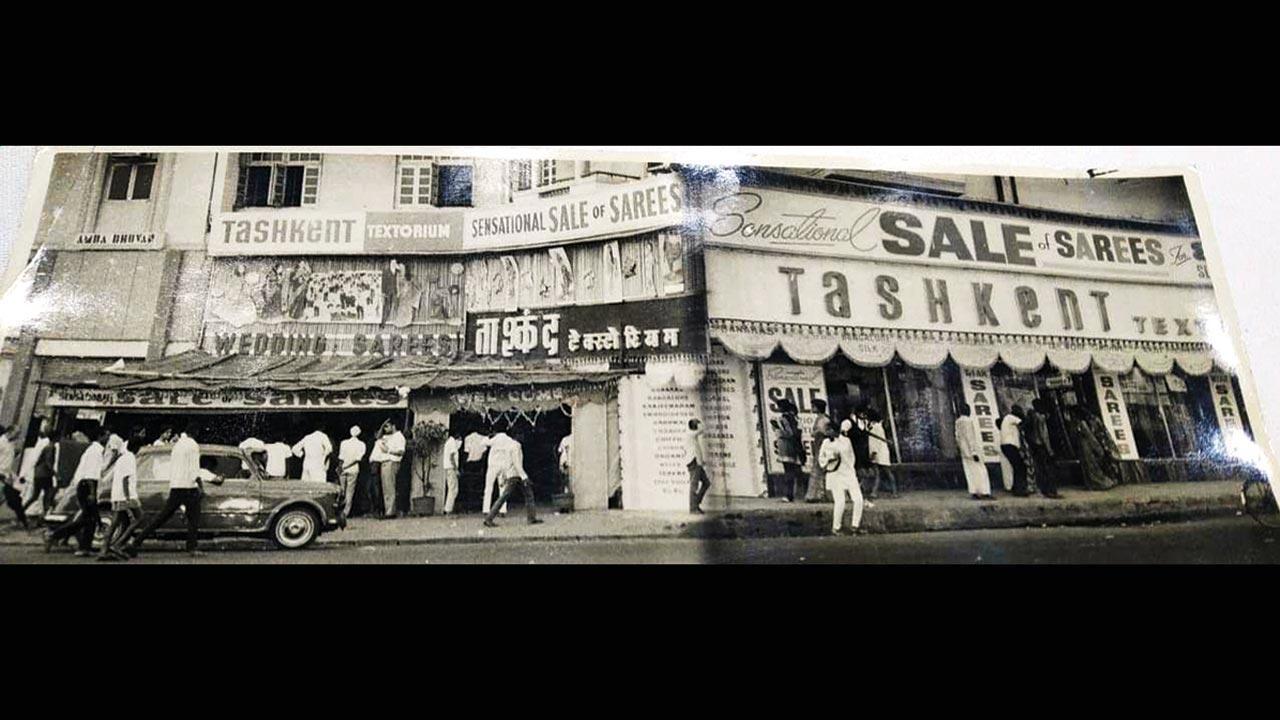
Tashkent Textorium acknowledged Lal Bahadur Shastri, with a special portrait by the artist Bedekar
 Sion Circle is something of a stepchild among the trio of roundabouts it north-ends. That no more than a couple of eateries ring it, compared with Kings Circle’s string of celebrated cafes, is only part of the story.
Sion Circle is something of a stepchild among the trio of roundabouts it north-ends. That no more than a couple of eateries ring it, compared with Kings Circle’s string of celebrated cafes, is only part of the story.
ADVERTISEMENT
The six 1950s buildings surrounding central Sion Circle Garden (Satyam Shivam Sundaram, Rupam, Prem Kunj, Indrapuri, Mira Mansion and Amba Bhavan) boast no exclusive architectural style, neither entirely Indo-Saracenic nor Deco. Conservation architect Vikas Dilawari observes, “With utilitarian architecture of the Independence era, these structures are important from the urban design point of the circle or crescent, in continuation with the Improvement Trust’s town planning schemes.”
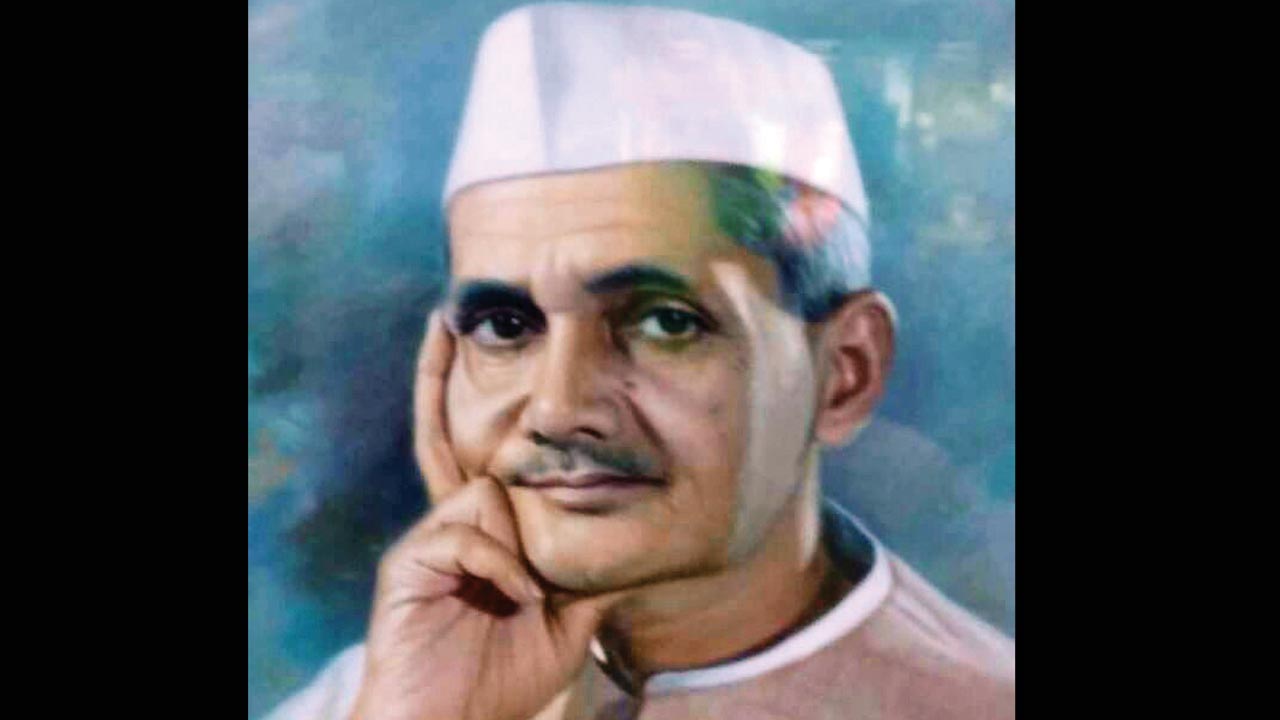
Lal Bahadur Shastri
What brief retail reign Sion Circle did enjoy, led by lodestar Tashkent Textorium, lagged behind Dadar’s Khodadad Circle. That short trot slowed further with the Sion flyover looming in 1999, a connect to the eastern suburbs.
Yet, whenever I visit the clinic of my ophthalmologist, the wonderful Dr Haresh Asnani, this junction, barely five minutes from Sion Hospital, nudges me to explore more.
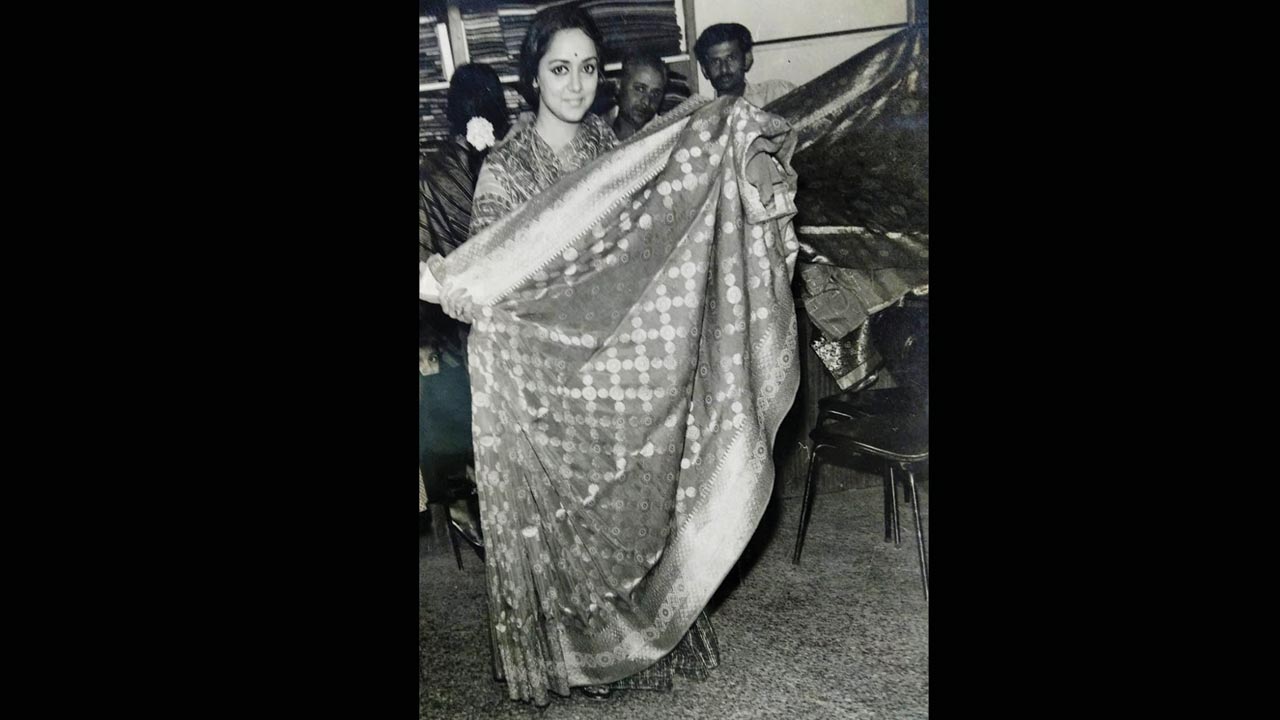 Hema Malini choosing Banarasi sarees in 1972. Pics courtesy/Kamlesh Sanghavi
Hema Malini choosing Banarasi sarees in 1972. Pics courtesy/Kamlesh Sanghavi
The tug is channelled by a preference for profiling the little guys rather than big guns. To map the journey of the former is to learn about lives rebuilt with incredible tenacity. Displaced but determined to turn penury to prosperity, the proprietors establishing the circle’s modest cafes and small stores, inherited nothing on a platter. All their immigrant forefathers handed was an immense propensity for sincere slog. Sion exemplifies what makes Bombay a beautiful working-class city.
The 1896 plague forced the British to implement the Dadar-Matunga-Wadala-Sion schemes, decongesting the island south. Sion, in Marathi, is Sheev (the Devanagari spelling on the Central Railway station), meaning “limit”. This seventh century, pre-industrial village formed the boundary between Bombay and Salsette Island.
Facades fringing the circle echo Kamu Iyer’s thought in Boombay: From Precincts to Sprawl—“Although the 1950s college curriculum did not include designing housing for the working class, our canteen debates revolved around this issue. We talked about socialist ideals of inclusiveness, modern architecture’s emphasis on utility, and the rational, honest use of space and materials.”
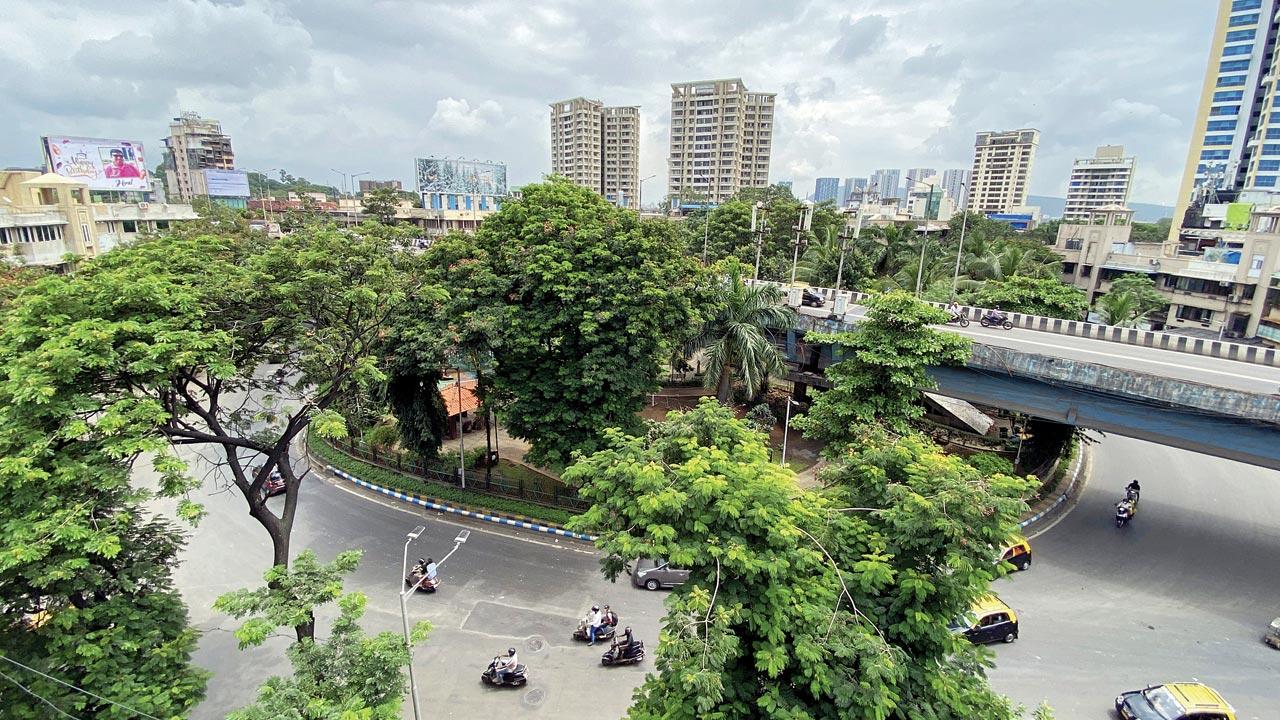 An aerial view of Sion Circle today, whose central garden is rimmed by six 1950s-60s buildings. Pics/Shadab Khan
An aerial view of Sion Circle today, whose central garden is rimmed by six 1950s-60s buildings. Pics/Shadab Khan
Till a stone causeway rose at the foot of Sion hill between 1797 and 1805, linking Sion with the mainland, the sparsely scattered scape presented fishing hamlets, salt pans and paddy fields. From the 1870s, a steady population increase necessitated construction operations.
Sion Fort dominates a conical hillock. “Bare scraps are left of this hill. Like our identity. Aamche astitva nasht haut ahe, our existence is systematically eroded,” says Arun Keni, atop mossy steps of his Koliwada house beside Kalimata Mandir. “Mumbaiche pratham nagrik, tari khup anyaay hoto aamchyavar—Bombay’s original settlers, we suffer unjust subjugation. I belong to no native place, Sion is my mool gaon. Despite recorded 500-year roots, we’re abandoned. Reaching less than hundred years ago, Partition refugees given permanent quarters stay unthreatened.”
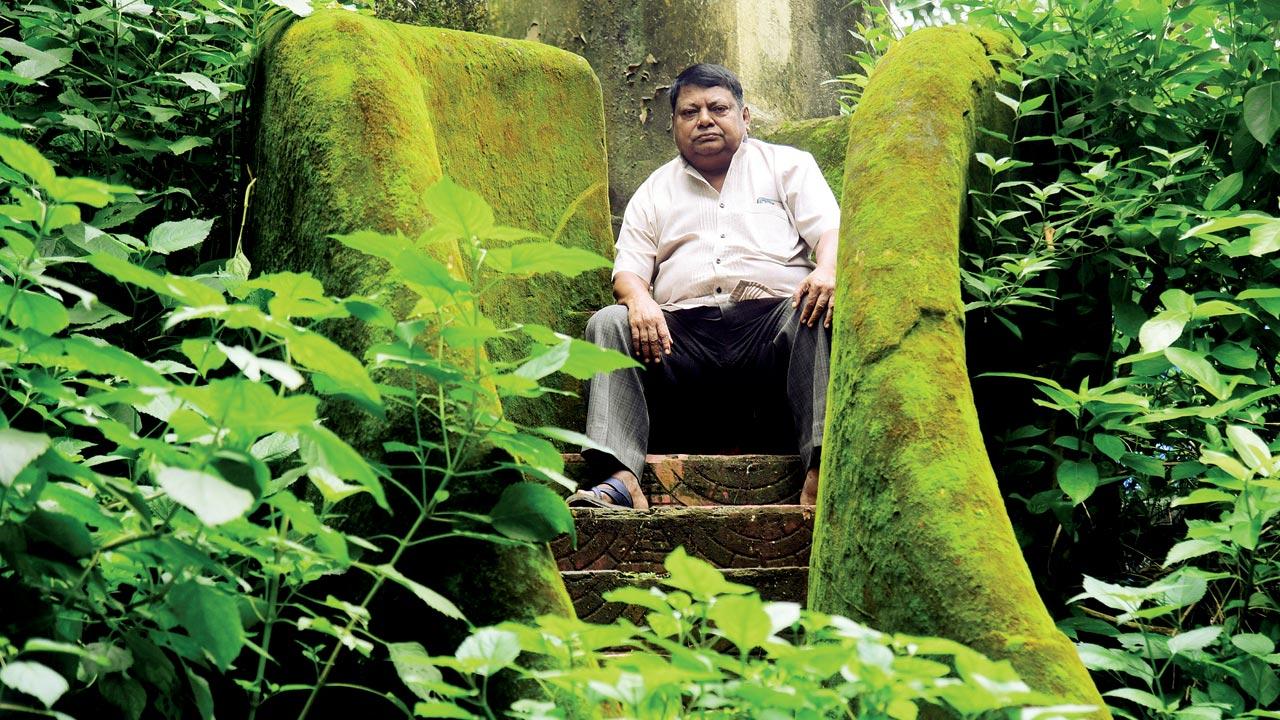
Arun Keni outside his Koliwada home
He counts the gaothans destroyed by builders that each government has blessed. “Not a single Koliwada escapes their evil eyes. Freedom patriots and samajsevaks, jailed fighting for noble causes, are shoved into a few hundred feet accommodation by the SRA. Shame!”
Navigating her home acres with me is Sujata Rao, who runs the charmingly appointed Vasantashram Boarding and Lodging House near Crawford Market. She believes Sion has been bypassed, being unable to reinvent itself like Chembur and Ghatkopar.
 RG Nayak, Rajgopal Nayak and his brother Rajkiran in Hanuman Restaurant
RG Nayak, Rajgopal Nayak and his brother Rajkiran in Hanuman Restaurant
Traffic moving thick and tedious, cabbies reluctantly ferry passengers to Sion Circle. Parking poses an eternal problem. The roundabout is a pick-up point for private buses. Hundreds of heavy vehicles rev up on congested Dr Babasaheb Ambedkar Road, before trundling to Chembur or Andheri.
Sion remains solidly proletarian. Brave struggle-to-success narratives echo through thin gullies inhabited by Punjabi and Sardar families. Desperate Sindhi migrants started from scratch in nearby camps. Sindhi Colony, rechristened New Sion Co-Operative Housing Society, reflects the shifting demographic pattern from Partition settlers to Jains with a pair of derasars here.
Three Octobers ago, the Sach Khand Darbar Lane was formally unveiled. Lettered in Arabic Sindhi script, the announcing plaque has unique Indo-Pak history behind it. While the road acknowledges a landmark gurdwara on Sindhi Colony turf from 1957, the original shrine was erected years ahead in rented premises of 1927 Sind.
Facing this colony and in line with SIES College, Vishindas Wadhwa introduced lip-smacking samosas and chhole tikki at Guru Kripa in 1975. With shattered hopes, his father Newandram fled Sind empty-handed. In Bombay he first set up a basic pani puri and pattice stall. Generous despite his personal situation, he hired cycles for unemployed delivery boys to distribute fresh samosas in far-flung cinemas halls serving the snack. Juicy jalebis, pista halwa or sev barfi, Guru Kripa sticks faithfully to authentic low-sugar recipes of their Karachi sweets shop, says Vishindas’ son Govind.
The ethnic mix melds differently in Mira Mansion and Indrapuri Society where shopkeepers from Kutch and Bhavnagar tell their stories. From Ankur’s well-stocked dry fruit and farsaan shelves, I enter Kapole Stores, whose proprietor Suketu Mehta says, “Retail is a week-long, 12-hour job. Who’ll continue our ancestral trade? Girls want to marry men with better prospects.” President of the Sion Shop Owners Association, Narendra Chheda says, “Our circle may not boast degree walas. We possess practical knowledge.”
The South Indian representation still reasonably strong, the community’s dedicated commercial hubs are missing. Once straddling both the general provisions business as well as traditional fabrics, Subramanian Natesan Nadar’s father’s Murugan enterprises impressed Matunga before capturing Sion clientele.
On Namdev Koli Marg, I drop in at Brasserie 1935 Kitchen and Bar, discovering its double transformation thanks to the entrepreneurial acumen of a Mangalore clan ramping it up from simple to sophisticated. Krishna Shetty’s mid-1930s Shri Krishna Bhavan became Sudama Bar in 1989. The current spiffy multi-cuisine restaurant avatar should please young citizens bemoaning Sion has nowhere to dress up and go to for fine dining.
Writer-translator Shanta Gokhale shares how Marathi publishing bloomed on the crossroads with Mouj Prakashan from 1950. The renowned printing press that contributed a stable of prestigious authors who won over twenty Sahitya Akademi Awards, was helmed by the legendary brothers Shri Pu Bhagwat and Vishnupant Bhagwat.
Next unravels the mystery behind an intriguing shop sign. Tashkent Textorium—currently Raymonds and SBI—was a true crowd-puller in Amba Bhavan. The iconic store earned its name from the fact that Amritlal Sanghavi, partnering the Majithias, opened doors mere months after Lal Bahadur Shastri died at Tashkent in January 1966. “Also admiring Shastriji, the artist Bedekar colour-sketched him for us. When my father gave R500 for it, Bedekar said, ‘Pay me or not, this portrait is for your store alone.’” Kamlesh Sanghavi recalls. “Vyjayanthimala, Hema Malini and Padmini Kolhapure loved our sarees.”
Stars from Sadhana to Akshay Kumar lived in Sion. The circle saw queues of fans outside Roopam Cinema, now PVR. Die-hards like Arvindbhai Parikh unfailingly booked advance seats for Friday releases. The theatre within walking distance of their Rekha Sadan residence, Vasanthi Rajan and her sister Rama gathered an excited gaggle of nieces and neighbours for afternoon shows of Aradhana, Amar Prem and Safar. “Befriending Tiwari, the booking clerk, we’d beg for tickets of house-full Rajesh Khanna movies,” remembers Vasanthi.
Her nephew, Mukkund Desikan, describes the big attraction at Lalan Stores in Sundaram Building. “As kids, we were thrilled they gave us 12-inch wooden scales to take home. Waman Hari Pethe Jewellers and Vijay Sales in Indrapuri building opposite, was Alpha beer bar, headed by Soli, a genial Parsi. We were underage. It was the haunt of the senior college crowd.”
Breaking for lunch at Hanuman Restaurant, we relish Mysore rava masala dosa and idli-vada, followed by just-right-sweet sheera. Washing down the meal with steaming filter coffee these Sion-Matunga miles are feted for, I chat with Rajgopal Nayak.
One of two roaringly popular Udipi joints, Hanuman was introduced by his father KG Nayak in 1962. The other, Central Coffee House in Satyam building, is Central Peninsula today. “Matunga was the last tram stop on the city ‘edge’ then. The Five Gardens film fraternity of actors, singers, musicians and technicians were loyal patrons. Raj Kapoor ate with us regularly after inaugurating Hanuman. Till the pandemic spread, Piyush Goyal came twice a month when visiting his mother in Sion. It’s about old ties.”
It so is. Raj Kapoor could hardly have had suits tailored at Tashkent because his films were smash hits in Russia. His famed Peshawari Pathan khandaan laid anchor a circle away. A matter of sentiment to keep frequenting the much-loved shops and cafes of their early years.
Author-publisher Meher Marfatia writes fortnightly on everything that makes her love Mumbai and adore Bombay. You can reach her at meher.marfatia@mid-day.com/www.meher marfatia.com
 Subscribe today by clicking the link and stay updated with the latest news!" Click here!
Subscribe today by clicking the link and stay updated with the latest news!" Click here!








